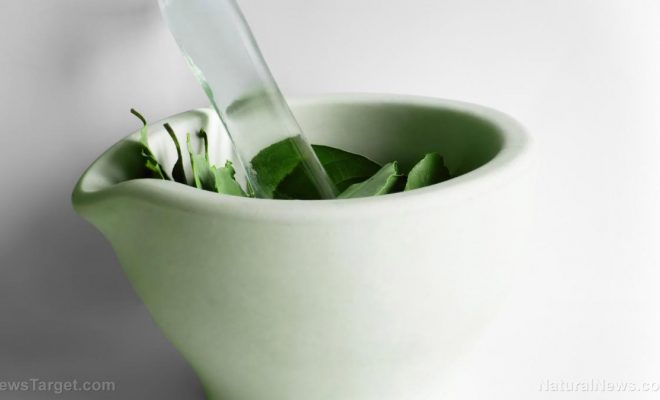Medicinal plants from the sedge family are rich in antioxidant and antimicrobial agents

(Natural News) The Cyperaceae, or sedge, family is a family of flowering plants that grow in wet regions around the world. It contains around 5,000 different plant species, many of which have shown remarkable biological properties in in vitro and in vivo studies. According to researchers, plants from the sedge family owe their health-promoting properties to the high amounts of phenols and flavonoids they contain. These properties include antioxidant, anti-inflammatory, antimicrobial and anti-cancer properties, among others.
In a recent study, researchers at the Federal University of Alagoas in Brazil investigated the biological and chemical properties of three representative plants from the sedge family, namely, Kyllinga odorata (fragrant spikesedge), Oxycaryum cubensis (Cuban bulrush) and Rhynchospora nervosa (white star sedge). They specifically looked at the antimicrobial and antioxidant potentials of these medicinal plants and sought to identify the compounds responsible for their uses. The researchers reported their findings in an article published in the Journal of Medicinal Plants Research.
Plants in the sedge family are rich sources of natural antioxidant and antimicrobial agents
Many species from the sedge family have attracted scientific interest because of their abundance of antimicrobial components. The researchers chose fragrant spikesedge because of its history of use as a traditional medicine in Paraguay. Previous studies also suggest that it has diuretic, antispasmodic, antidiarrheal and astringent properties that can be attributed to its flavone and tannin content.
Meanwhile, plants from the genus Rhynchospora, to which white star sedge belongs, have been found to contain plenty of natural antimicrobial agents. In contrast, plants from the genus Oxycaryum have not been examined for their biological properties despite reports of their medicinal uses.









